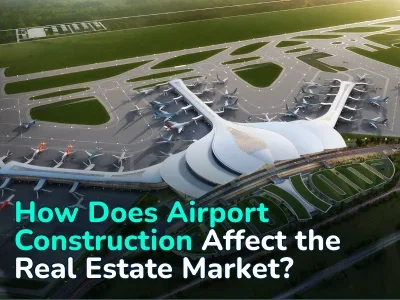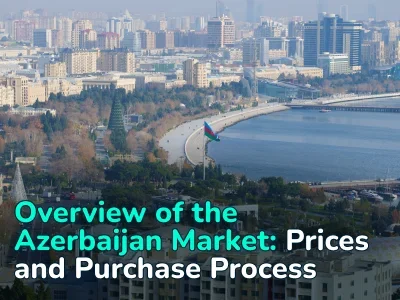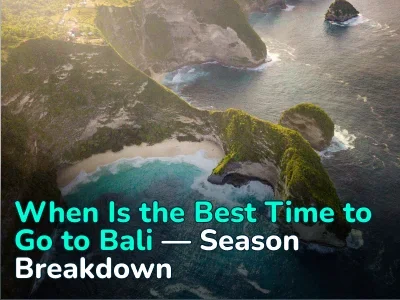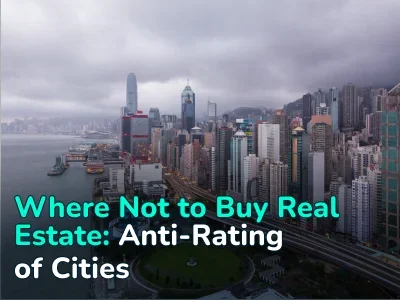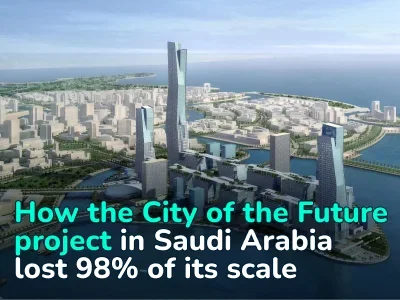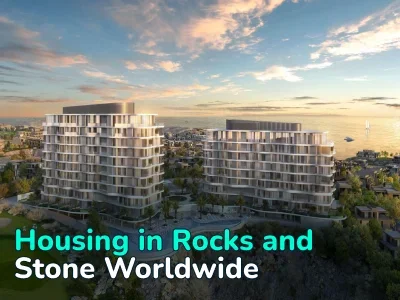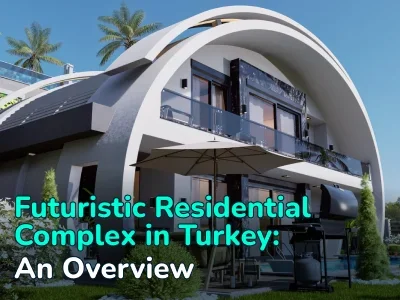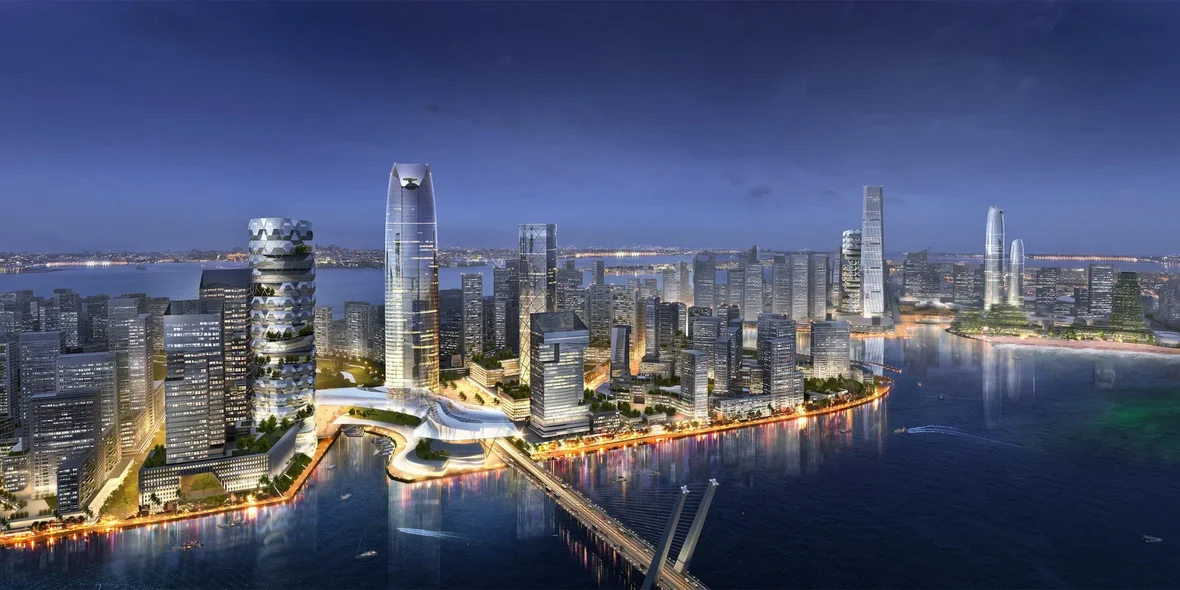
$100 Billion Ghost City: How Forest City Went From Dream to Disaster
In the Johor Strait, on four artificial islands near Singapore, lies Forest City — a $100 billion private city project. A true city of the future, it features smart homes and modern infrastructure, including rooftop solar panels designed to reduce electricity consumption.
However, this high-tech metropolis, envisioned to house 700,000 residents since its launch in 2015, remains largely empty. Today, only about 9,000 people officially reside there. Let’s examine what went wrong and how this ambitious project — backed by the Sultan of Johor and Malaysia’s state apparatus — turned into a symbol of unfulfilled dreams.
The Essence of the Forest City Project
Launched in 2015, the Forest City project was initiated by Chinese developer Country Garden in partnership with Malaysian firm Esplanade Danga 88. The latter is 40% owned by the state fund Kumpulan Prasarana Rakyat Johor and the Sultan of Johor, Ibrahim Ismail. This connection gave the project strong governmental support — for instance, speeding up the approval process for reclaiming 14 km² of seabed for construction, despite environmental protests. Everything pointed to the project becoming a new economic hub in Southeast Asia, positioned to rival Singapore by attracting wealthy expatriates and Chinese investors.
The developer launched an aggressive marketing campaign, presenting Forest City as the embodiment of futuristic urban planning — a place where technology, sustainability, and luxury converge. The campaign emphasized the city’s “green” credentials: waste recycling, renewable energy, hanging gardens, and a minimal carbon footprint. Public transport was to be fully electric, including metro and monorail systems.
But the main attraction was luxury: marble-floored apartments, rooftop pools, and, of course, lush gardens. These features were used to lure investors, with promises of rental returns of 6–8% annually, based on the argument that instead of renting in Singapore — where real estate is among the world’s most expensive — it would be far more cost-effective to buy or rent an apartment in Forest City (only 40 km from Singapore).
The project started off well: land was reclaimed in the Johor Strait, four islands were created and merged into one, and construction began. Two dozen skyscrapers were built to accommodate up to 100,000 residents, along with a shopping mall, roads, hanging gardens, and rooftop pools. But by 2017, problems began to surface.
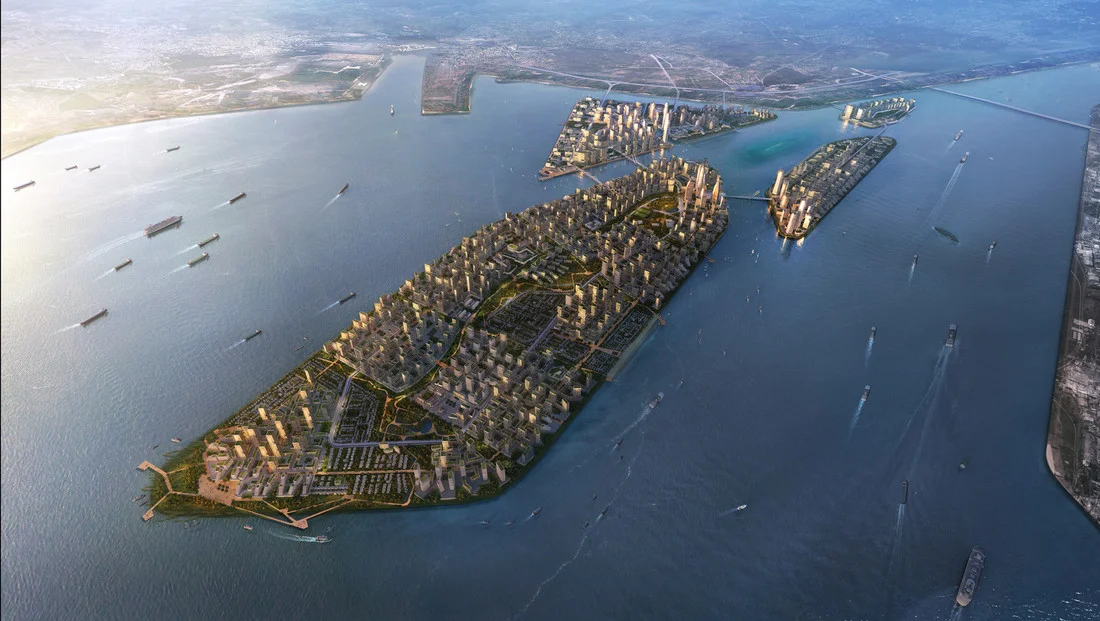
What Went Wrong with Forest City
The marketing campaign inside China positioned Forest City as a development specifically built for wealthy Chinese nationals. The international campaign targeted affluent expatriates, but the Malaysian domestic market was largely overlooked.
This created a heavy reliance on foreign demand for apartment sales. Given that Chinese developers between 2010 and 2016 focused heavily on pre-sales, it didn’t take long for problems to emerge.
Capital Controls (2017)
China’s real estate market had become overheated, and capital outflows were accelerating. Chinese investors began moving their money into overseas projects, which in turn led to a depreciation of the yuan. In response, Chinese authorities imposed capital controls, limiting overseas currency transfers to $50,000 per year.
Since apartments in Forest City started at $100,000, the number of potential buyers sharply declined. Chinese investors had accounted for 70% of the project’s demand. As a result, monthly sales dropped to just 2–3 units.
Change of Government (2018)
Following Malaysia’s change of government, the new Prime Minister openly criticized the project and temporarily restricted visa issuance to foreigners. His main argument was that this was not a Malaysian project and not intended for Malaysian citizens.
The reputation of the developer began to suffer. Environmentalists further worsened the situation by reporting that the land reclamation had destroyed mangrove forests and Malaysia’s largest seagrass meadow. Climate change experts added that artificial islands are highly vulnerable to rising sea levels.
These arguments were quickly picked up by government-aligned media, which added yet another concern: the sand dumped into the strait had not yet compacted, meaning the ground may not form a stable base — raising fears of future structural cracks. This series of reports significantly undermined public trust in the project and led to a further drop in sales.
Global Economic Downturn After COVID-19 (2020–2022)
The COVID-19 pandemic triggered a global economic crisis. Economic growth slowed worldwide, and disruptions in supply chains increased construction costs and delayed project timelines. For Forest City, this was a severe blow — deterring prospective buyers and accelerating the retreat of foreign investors.
From the planning stage, under the patronage of the Sultan, Forest City was designated a duty-free zone. This was intended to attract tourists and facilitate the flow of goods — particularly alcohol — into local markets. But border closures drastically reduced visitor traffic, and commercial spaces remained largely unsold.
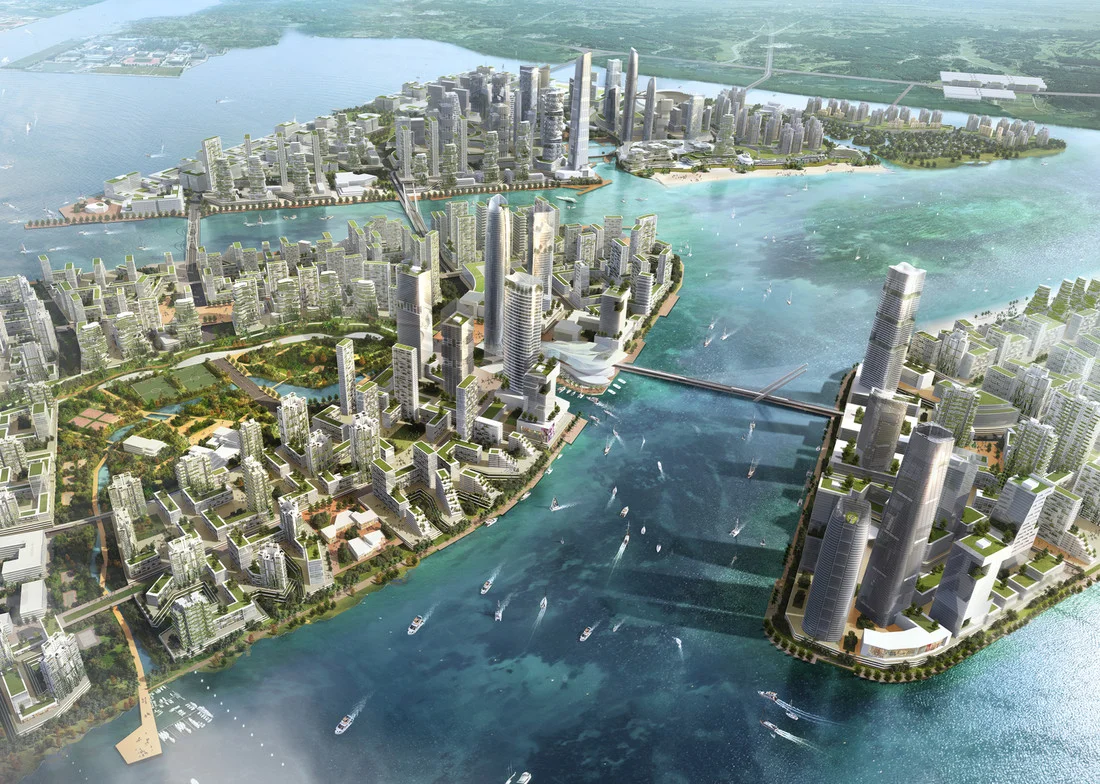
Saving a Sinking Ship
In 2023, Malaysia underwent another change in government. The new administration revisited the Forest City project and, unwilling to forgo potential fiscal revenue, granted it the status of a Special Financial Zone (SFZ) in 2024. This designation provides residents with the following incentives:
- Family offices. 0% income tax on asset management earnings for private companies managing the wealth of high-net-worth families.
- Corporations. 0–5% corporate tax for companies operating in finance, technology, and logistics sectors.
- Skilled workers. A 15% personal income tax rate for professionals working in the SFZ (compared to up to 28% in the rest of Malaysia).
Malaysia also introduced simplified multiple-entry visa schemes for investors, businesspeople, and skilled workers under the Johor-Singapore Special Economic Zone (JS-SEZ), which includes Forest City.
The rationale for these policies is straightforward: to protect the $4.3 billion already invested in the project by generating jobs and increasing competitiveness with Singapore through favorable tax policies. Particular emphasis has been placed on job creation.
One major flaw in the original concept was the absence of industrial zones or corporate infrastructure within Forest City. In essence, the only economic activity envisioned for the city was the servicing of affluent residents — roles such as security personnel, sales staff, property managers, and administrators.
So, Is It a Ghost Town After All?
Although Forest City is only 10% occupied (9000 residents out of a planned 100,000), its infrastructure and buildings are still maintained. Cleaning crews and gardeners continue to service the area, and security personnel monitor order through an extensive CCTV system. Apartments are available for short-term rental through booking platforms, and the few operational shops provide residents with basic necessities.
However, the rushed land reclamation — which experts had previously warned about — has indeed led to structural cracks in buildings and subsidence of roads. Given the developer’s heavy debt burden, major repairs are unlikely. As a result, maintenance is largely cosmetic, aimed at preserving the marketable appearance of the city.
In the end, it’s difficult to label Forest City a true ghost town. You can’t just sneak into a building and crash in the first vacant apartment — unauthorized entry is classified as trespassing and carries a fine of $650 or up to 7 months in prison.
In theory, the project could still return to relevance in the global real estate market, and the authorities are actively working toward that goal. But whether it succeeds will largely depend on broader global economic conditions — another financial crisis would likely bury Forest City for good.
Author
I write informative articles about real estate, investments, job opportunities, taxes, etc.









